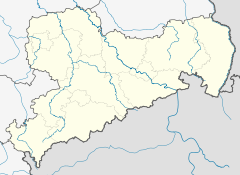New building
The old museum became too small for the collections, prompting its director to call for an architecture competition to design a new building, to be paid for with the Grassi bequest. The winning firm designed a building with elements of New Objectivity and Art Deco, based around several courtyards. It was built from 1925-29 (one of the few new museums of the Weimar Era), on the site of the old Johannis Hospital. The urban planner Hubert Ritter had intended for it to be the starting point of an eastward expansion of the city. It contained originally the Johannis Church, demolished in 1963. [2]
The New Grassi Museum was severely bombed in 1943, [2] with the loss of tens of thousands of items. Rebuilding began in 1947, with the first exhibitions in 1954. It was closed from 1981-85 due to a problem with the heating system. [3] It was completely renovated from 2001-05, including the removal of some of the front windows. It reopened partly in 2005, though the Museum of Applied Arts did not reopen until 2007. [2]
It is a historically preserved building, and is one of around 20 so-called "Cultural Lighthouses" in the German government's Blue Book of culturally significant sites in the former East Germany. As such, it is a member of the Konferenz Nationaler Kultureinrichtungen. [4]

Leipzig is the most populous city in the German state of Saxony. Leipzig's population of 624,689 inhabitants as of 2022 places the city as Germany's eighth most populous, as well as the second most populous city in the area of the former East Germany after (East) Berlin. Together with Halle (Saale), the city forms the polycentric Leipzig-Halle Conurbation. Between the two cities lies Leipzig/Halle Airport.
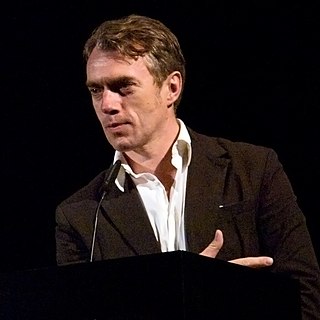
Neo Rauch is a German artist whose paintings mine the intersection of his personal history with the politics of industrial alienation. His work reflects the influence of socialist realism, and owes a debt to Surrealists Giorgio de Chirico and René Magritte, although Rauch hesitates to align himself with surrealism. He studied at the Hochschule für Grafik und Buchkunst Leipzig, and he lives in Markkleeberg near Leipzig, Germany and works as the principal artist of the New Leipzig School. The artist is represented by Galerie EIGEN + ART Leipzig/Berlin and David Zwirner, New York.

Staatliche Kunstsammlungen Dresden is a cultural institution in Dresden, Germany, owned by the State of Saxony. It is one of the most renowned and oldest museum institutions in the world, originating from the collections of the Saxon electors in the 16th century.
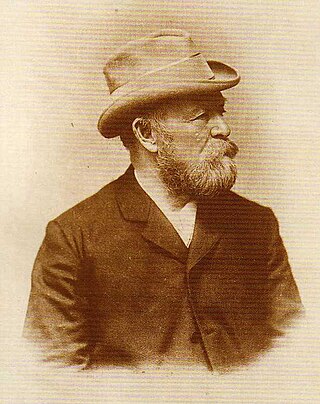
Johannes Wilhelm Constantin Lipsius was a German architect and architectural theorist, best known for his controversial design of the Royal Academy of Fine Arts and Exhibition Building (1883–1894) on the Brühl Terrace in Dresden, today known as the Lipsius-Bau.

Josef Frank was an Austrian-born architect, artist, and designer who adopted Swedish citizenship in the latter half of his life. Together with Oskar Strnad, he created the Vienna School of Architecture, and its concept of Modern houses, housing and interiors.
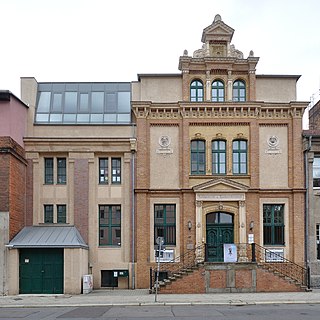
A Kunstgewerbeschule was a type of vocational arts school that existed in German-speaking countries from the mid-19th century. The term Werkkunstschule was also used for these schools. From the 1920s and after World War II, most of them either merged into universities or closed, although some continued until the 1970s.

The Leipzig Museum of Ethnography is a large ethnographic museum in Leipzig, Germany, also known as the Grassi Museum of Ethnology. Today it is part of the Grassi Museum, an institution which also includes the Museum of Applied Arts and the Museum of Musical Instruments, based in a large building on the Johannisplatz.

The Museum of Musical Instruments of the University of Leipzig is a museum in Leipzig, Germany. It is located on Johannisplatz, near the city centre. The museum belongs to the University of Leipzig and is also part of the Grassi Museum, whose other members are the Museum of Ethnography and the Museum of Applied Arts.
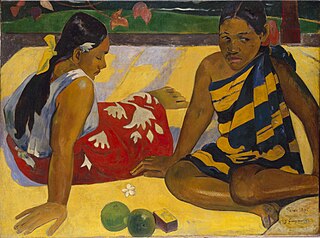
The Galerie Neue Meister in Dresden, Germany, displays around 300 paintings from the 19th century until today, including works from Otto Dix, Edgar Degas, Vincent van Gogh and Claude Monet. The gallery also exhibits a number of sculptures from the Dresden Sculpture Collection from the same period. The museum's collection grew out of the Old Masters Gallery, for which contemporary works were increasingly purchased after 1843.

The Augustiner Museum is a museum in Freiburg im Breisgau, Germany located in the former Augustinian Monastery building. It is undergoing an extensive renovation and expansion, the first phase of which ended in 2010.

The Museum of Applied Arts is a museum in Leipzig, Germany. It is the second oldest museum of decorative arts in the country, founded just six years after the Kunstgewerbemuseum Berlin. Today it is part of the Grassi Museum, an institution which also includes the Museum of Ethnography and the Museum of Musical Instruments, based in a large building on the Johannisplatz.
The following is a timeline of the history of the German city of Leipzig.
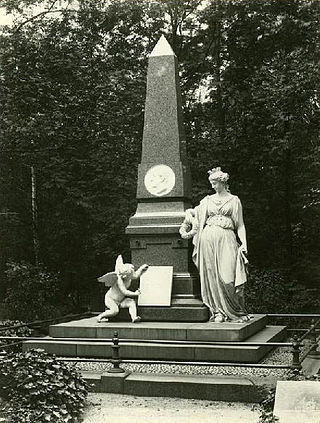
The Alter Johannisfriedhof is the oldest burial ground in the city of Leipzig, Germany. It began in 1278, as part of the Johannishospital in Leipzig, a leper hospital. It was later attached to the Johanniskirche, which was destroyed in World War II. In 1536 it became the common burial ground for the city of Leipzig, and expanded several times. It was also re-modeled in the style of the Camposanto in Pisa, a popular style of cemetery in Germany. In 1680 and 1805 the graveyard was expanded by the additions of sections three and four respectively, then the fifth and the final extension took place between 1827 and 1863. 1883 saw its last burial.

Evelyn Richter was a German art photographer known primarily for social documentary photography work in East Germany. She is notable for her black & white photography in which she documented working-class life, and which often showed influences of Dadaism and futurism. Her photography is focused on people in everyday life, including children, workers, artists and musicians.

The Kulturpalast Dresden is a modernist building built by Wolfgang Hänsch during the era of the German Democratic Republic. It was the largest multi-purpose hall in Dresden when it opened in 1969, and was used for concerts, dances, conferences and other events. The building underwent several years of reconstruction beginning in 2012 and opened with a new concert hall in April 2017.
Richard Graul was a German art historian and museum curator.

Volker Staab is a German architect.

Pundt & Kohn OHG was a German timber import and wood processing company. It was founded in 1862 by F. J. S. Kohn in Geestemünde. Until it was destroyed by Allied bombing in 1944, it was one of the oldest and most important companies in its branch on the lower Weser. The company was dissolved in the third generation in 1967 after the death of its last owner, Hans Kohnert.
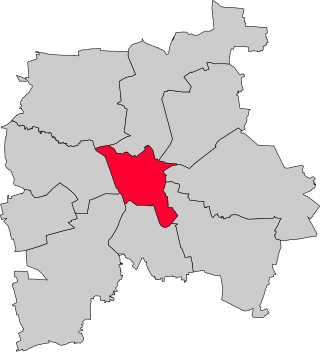
Leipzig-Mitte is one of 10 boroughs (Stadtbezirke) of Leipzig, located in the center of the city. It includes numerous architectural monuments. Most of them are located in the subdivision "Zentrum", which is sited inside the Inner City Ring Road and the Promenadenring:



